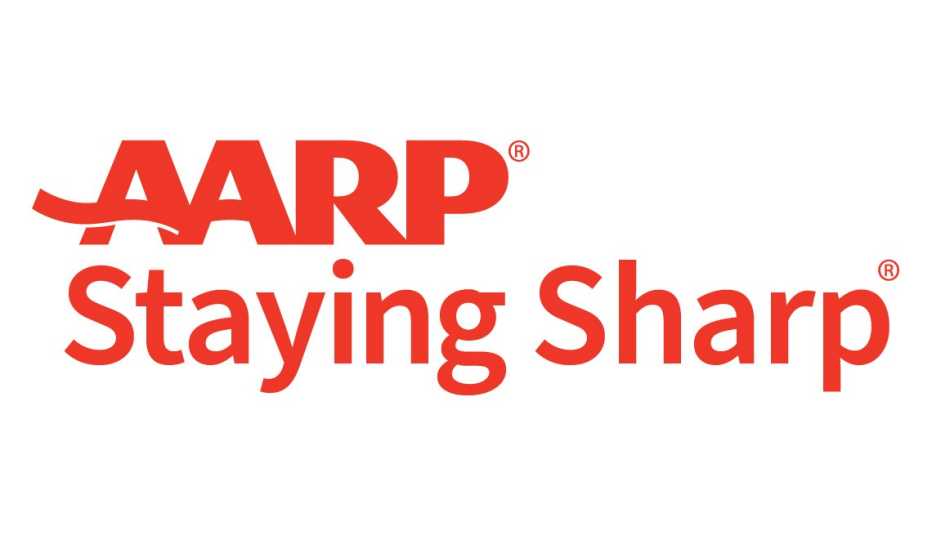Staying Fit
If you’ve ever used the cardio equipment at a gym, you may have noticed a colorful heart rate zone chart that shows a magical “fat-burning zone.” The chart indicates that lower intensity, steady-state cardio is the best way to burn fat.
But experts say the fat-burning zone is misleading, and it sends the wrong message to those who want to lose weight.


AARP Membership— $12 for your first year when you sign up for Automatic Renewal
Get instant access to members-only products and hundreds of discounts, a free second membership, and a subscription to AARP the Magazine.
“It’s nonsense,” says David C. Nieman, director of Appalachian State University’s Human Performance Laboratory in North Carolina. “The chart is really off base because it doesn’t consider total calorie burn or what happens after you exercise.”
In reality, Nieman and other experts say, the best way to burn off fat is to work out at higher intensities — pushing your heart rate to around 70 percent or more of its maximum — while altering your diet to take in fewer calories.
The link between metabolism and fat loss
The idea of the fat-burning zone came out of what we know about human metabolism, says M. Brennan Harris, chair of the Department of Kinesiology at the College of William & Mary in Virginia.
In short, when you exercise vigorously and your body needs energy quickly, it tends to get its fuel from carbohydrates, not fats, because they are easier for your body to break down. By contrast, when you are less active, your body gets more of its energy from fats.
Based on that knowledge, the original proponents of the fat-burning zone recommended keeping your exercise at a moderate intensity — typically about 60 percent of your maximum heart rate — in order to burn a higher percentage of fat compared to carbs.
The problem, experts say, is that the percentage of fat compared to carbs that your body is using is not what determines weight loss. Otherwise, we could lose weight from just sitting or sleeping all day, since that’s when our bodies get the highest proportion of their fuel from fat.
Instead, what matters most if you want to drop pounds is how much total energy you burn in calories.
“If you want to lose weight, you have to burn more than you’re taking in,” Nieman says.






































































